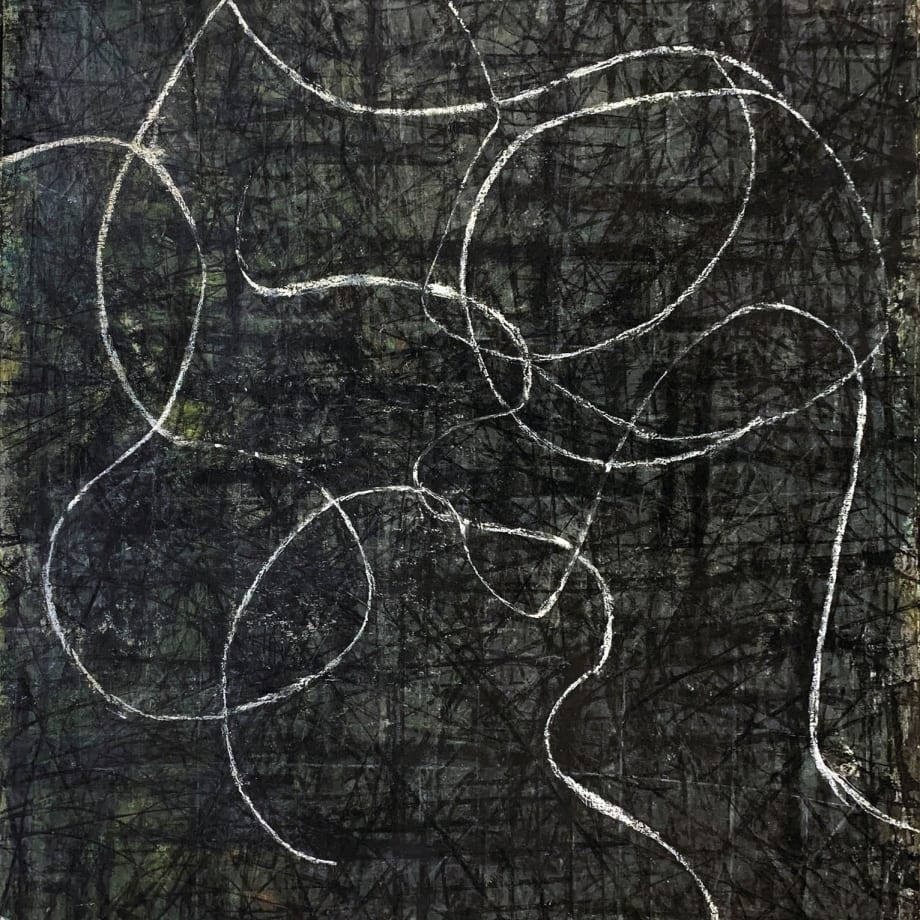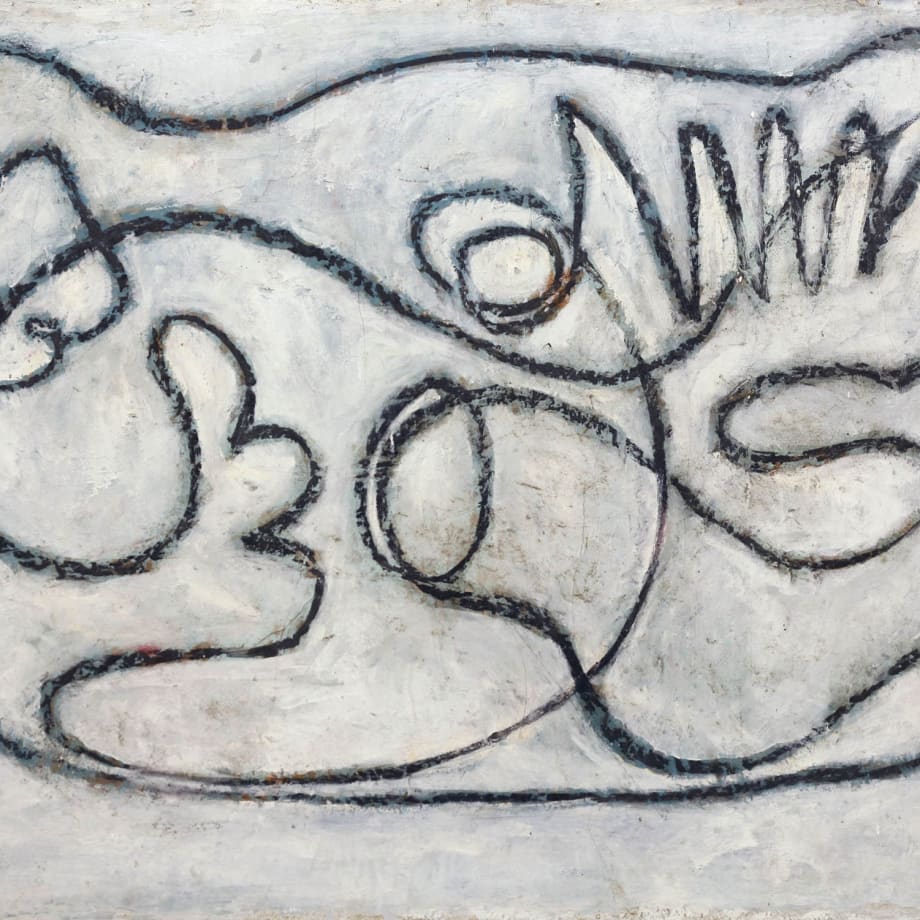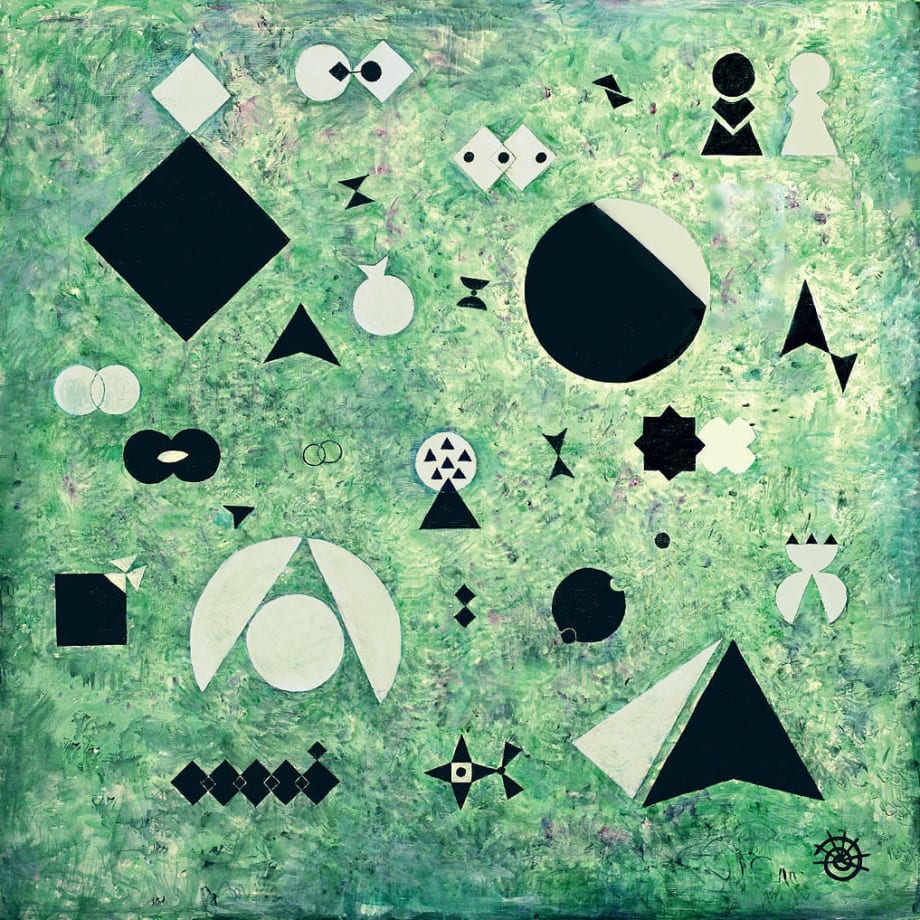Suppan from Vienna presented works by Hildegard Joos and Rudolf Ray at its stand B28 at Art Cologne 2020.
Hildegard Joos is one of the most important artists of geometric abstraction and constructivism. In 1962 she was the first artist whose work was presented as part of a personal exhibition in the main room of the Secession - three further solo exhibitions took place there in 1964, 1967 and 1980. From 1959 Hildegard Joos had a studio in Paris where she caused a sensation with her monistic pictures (Fig. Large composition in white, 1962) and was represented at numerous exhibitions such as the “Salon des Indépendants” and the “Salon des Réalités Nouvelles”. Her work marks an interface in the tradition of geometrical-constructive abstraction and the contemporary painting discourse. At the gallery's stand, works from various creative periods by the artist are shown, such as the white monochrome geometric images of the 1960s, shifts and balances from the 1970s, narrative geometries from the 1980s and the Colourfields from the 1990s.
Rudolf Ray, originally born in Latvia in 1891, came to Vienna at the age of 9 where he studied medicine and law and later also painting. On the occasion of his first exhibition in Vienna, Oskar Kokoschka wrote in 1934: “Rudolf Ray is an expressionist” and announced his art as a revolution. At that time Ray was still creating his psychological portraits. For this work and for all of his other works, the external appearance was merely a shell that had to be overcome in order to get to the real essence of what was represented. Ray inhabited several countries during his life, including France, where he met and worked with Othon Friesz. In 1942 he emigrated to New York with Marcel Duchamp, who arranged for him a Rudolf Ray exhibition in Peggy Guggenheim's gallery Art of this Century. The art critic Clement Greenberg named Ray in the same breath as Mark Tobey and Jackson Pollock in 1948 when he describes the departure of contemporary artists from traditional panel painting in The Crisis of the Easel Picture. The cosmopolitan Rudolf Ray spent several years of his life in India (1956-1959) and Mexico (1960-1974) with several solo exhibitions. He also stayed in the United States, later he moved to Great Britain, where he died in 1984.
ART COLOGNE : online edition
Kölnmesse, Cologne, 18 - 29 Nov 2020





